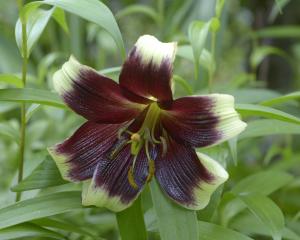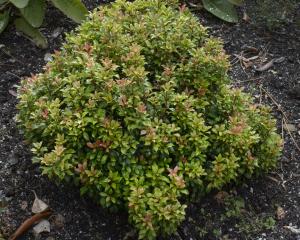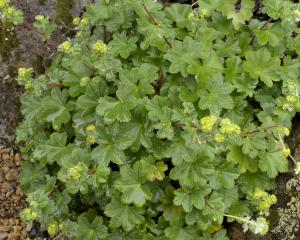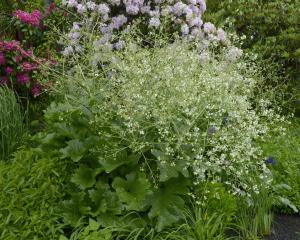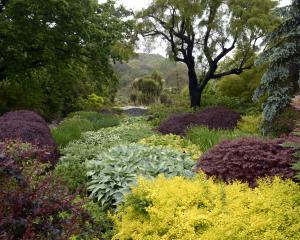Another North Islander doing well here in Dunedin is the New Zealand gloxinia, Rhabdothanmus solandri.
An under-storey shrub in coastal and lowland forests of the North Island, and adjacent offshore islands, Rhabdothanmus solandri often occurs beside streams. It is much more common in the northern North Island but its natural range extends as far south as Wellington.
The New Zealand gloxinia is an attractive shrub, up to 2m tall, with slender leafy branchlets. Its best feature from a gardener's point of view is the colourful flowers which it produces over most of the year, even in cold Dunedin.
The tubular flowers are up to 2.5cm long and while usually a shade of orange with darker stripes, the colour can range from yellow to red.
The bird-pollinated flowers are followed by a capsule containing many seeds.
> The only New Zealand member of the African violet family, Gesneriaceae.
> Type specimen collected from the Bay of Islands by Allan Cunningham in 1826 and named for Daniel Solander, a Swedish botanist, on Cook's first voyage to New Zealand.
> Growing in the New Zealand Native Plant collection, tree and shrub borders in the upper botanic garden.
- Shirley Stuart is curator of the Native Plant Collection at Dunedin Botanic Garden.








